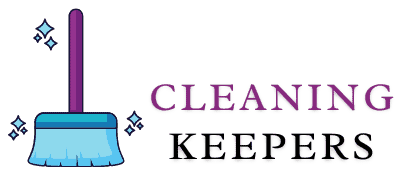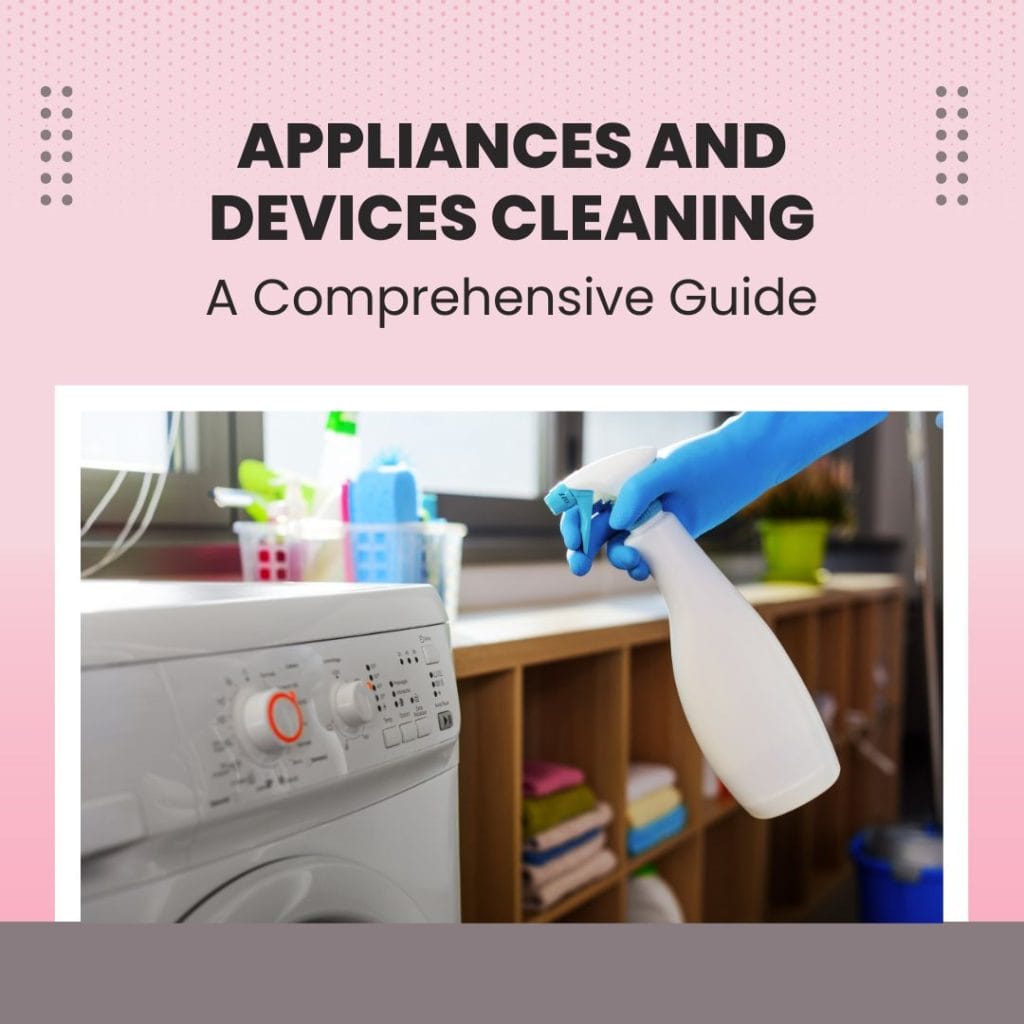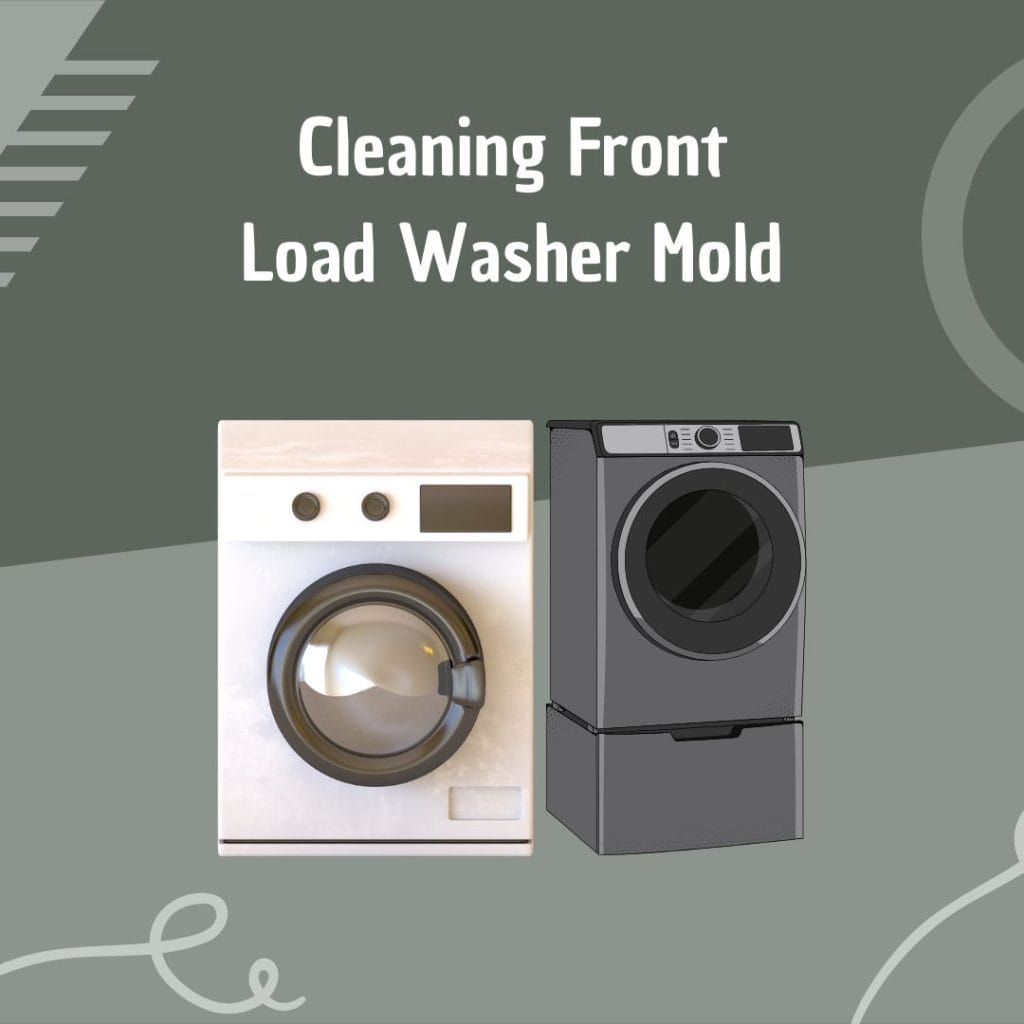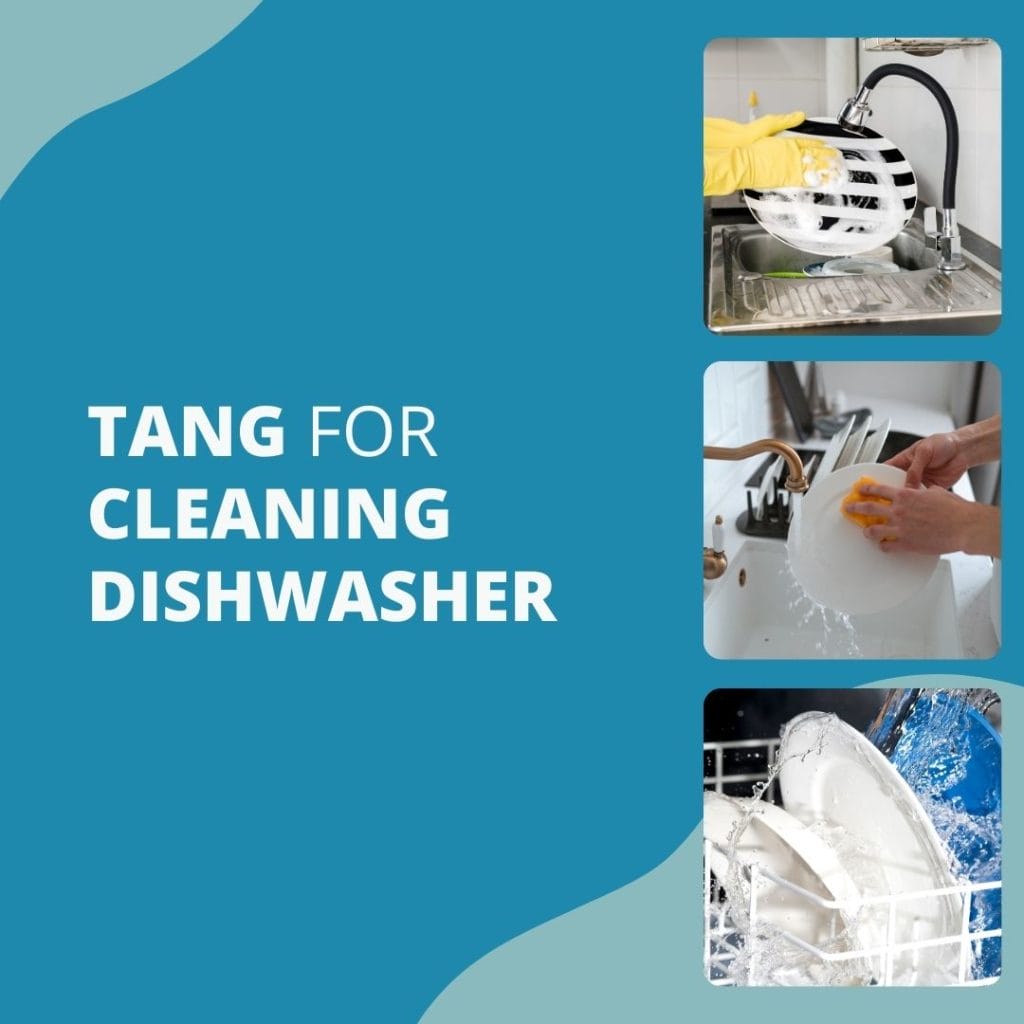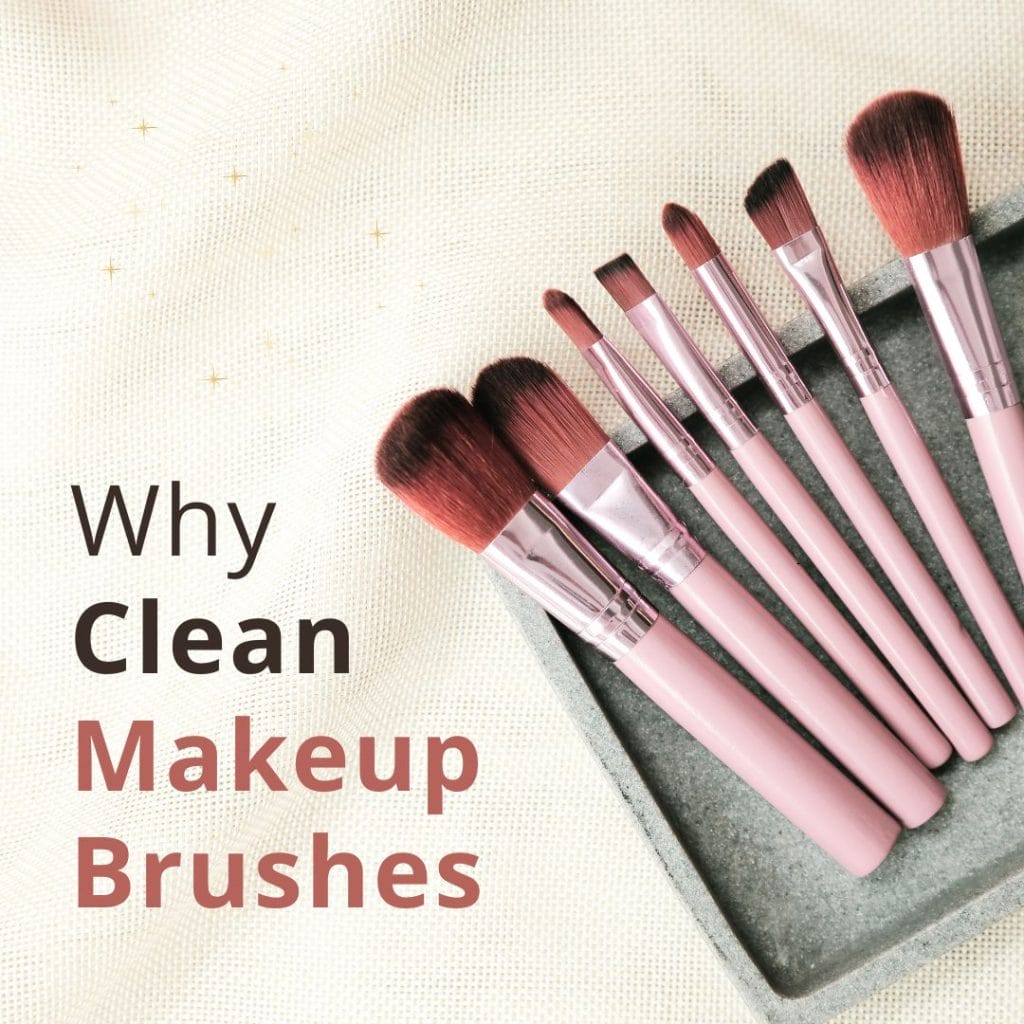Understanding what is the correct order of steps for cleaning and sanitizing utensils by hand is integral in maintaining hygiene within small to medium food businesses. A meticulous approach to utensil cleaning not only ensures the safety of your customers but also guarantees compliance with health regulations, paving the way for a successful and reputable establishment. For insights on using different types of sinks in your cleaning process, read about How to Use a Three Compartment Sink.
Understanding the Difference Between Cleaning and Sanitizing
Before delving into the correct steps for cleaning and sanitizing utensils by hand, it’s crucial to distinguish between these two fundamental aspects of kitchen hygiene. Both hold equal importance in ensuring a safe, germ-free environment, yet they serve different purposes in cleanliness.
Cleaning vs. Sanitizing
Cleaning involves removing visible dirt, grease, and debris from utensils, typically with the use of water and detergent. On the other hand, sanitizing goes a step further, aiming to kill or reduce bacteria and microorganisms that may not be visible to the naked eye, ensuring the utensils are safe for food contact. Both processes are vital and complementary in maintaining a healthy kitchen environment.
Significance of Cleaning and Sanitizing in Food Safety
The importance of cleaning and sanitizing in food safety cannot be overstated. Cleaning removes visible dirt and grime, preventing the growth of harmful bacteria that can cause food spoilage. Meanwhile, sanitizing reduces microorganisms to safe levels, guarding against foodborne illnesses. Together, they form an essential tandem, ensuring the highest food safety and hygiene standards are met in your kitchen.
Pre-Cleaning: The First Step
Pre-cleaning forms the launching pad for effective utensil sanitation. It is the initial stage in the process where the primary goal is to rid the utensils of visible debris and residues. Let’s delve into why this step is critical in the correct order of steps for cleaning and sanitizing utensils by hand.
Significance of Pre-Rinsing Utensils
Pre-rinsing or scraping utensils before washing is indispensable as it removes large food particles, making cleaning more efficient. This preliminary step reduces the load on the cleaning agents, allowing them to focus on the smaller, stubborn residues, enhancing the overall effectiveness of the cleaning process and ensuring a higher standard of hygiene.
Best Practices for Pre-Cleaning
Best practices for pre-cleaning include scraping off leftover food with a rubber spatula, followed by an initial rinse with warm water to loosen stubborn residues. It’s best to start this process immediately after use to prevent food particles from drying onto the utensils. Remember, pre-cleaning aims to prepare for the cleaning process rather than achieve complete cleanliness.
Learn
Choosing the Right Cleaning Agents and Tools
Choosing the right cleaning agents and tools is critical to maintaining high standards of hygiene in your kitchen. The effectiveness of your cleaning and sanitizing process heavily relies on the quality and appropriateness of the products and tools you choose. Let’s explore how to make the right choices for your business.
See our guides
Suitable Detergents and Soaps for Utensil Cleaning
A wide range of detergents and soaps are suitable for utensil cleaning, each designed for different types of utensils and food residues. Alkaline detergents work well for utensils with fat or protein residues, while mildly acidic soaps are best for tackling mineral deposits. Neutral detergents, on the other hand, are versatile and can handle various cleaning tasks. Choosing detergents that are labeled safe for food contact surfaces is paramount, ensuring they don’t leave harmful residues behind.
Optimal Utensil Cleaning Tools
Using the right tools can greatly enhance the effectiveness of your cleaning routine. Brushes with stiff bristles are ideal for scrubbing off stubborn residues, while softer nylon brushes can be used for delicate items. Ensure you have a variety of brush sizes to reach into corners and crevices. Similarly, a good quality scrubbing pad is essential for removing baked-on food. Always look for tools that are durable, easy to clean, and appropriate for the type of utensils you’re cleaning.
Cleaning Process
The actual cleaning process is where the bulk of the work happens, and attention to detail is of the utmost importance to ensure a superior level of cleanliness and hygiene. Let’s navigate through the correct order of steps for cleaning and sanitizing utensils by hand. Broaden your cleaning methods with our guide on Effective Oven Cleaning Methods.
Hand-Washing Utensils: Step-by-Step Guide
Begin by filling a sink or large basin with warm water and adding the appropriate detergent.
Submerge the utensils and scrub each piece thoroughly with an appropriate brush or scrubbing pad, paying special attention to corners and crevices.
Once scrubbed, rinse the utensils under warm running water to remove any remaining detergent.
Inspect each utensil to ensure all visible dirt and food residues have been removed. If any residue remains, repeat the cleaning process.
Allow the utensils to air dry on a clean, sanitized rack, or use a clean towel to dry them immediately.
Tips for Ensuring Thorough Cleaning
Ensure utensils are cleaned as soon as they are used, preventing food residues from drying and hardening. Use brushes and scrubbing pads that are appropriate for the utensils to avoid damaging them. Remember that warm water is more effective at removing grease and dried food. Inspect each utensil after cleaning to ensure all visible residues have been removed before moving on to the sanitizing process.
Rinsing
Rinsing is an often overlooked yet critically important step in cleaning and sanitizing utensils. It serves as the bridge between cleaning and sanitizing, ensuring that all cleaning agents are removed before the sanitizing begins. Let’s take a closer look at the role of rinsing in the correct order of steps for cleaning and sanitizing utensils by hand.
Importance of Proper Rinsing Post-Cleaning
Proper rinsing post-cleaning is pivotal in removing all soap and detergent residues from the utensils. This step prevents potential contamination of food with cleaning agents, which could affect the taste and safety of food. Additionally, a thorough rinse prepares utensils for the subsequent sanitizing process, enhancing its effectiveness.
Techniques for Effective Rinsing
Effective rinsing techniques include running utensils under warm water ensuring all surfaces are thoroughly rinsed. For knives with tight corners or intricate designs, consider using a soft brush or cloth to help remove leftover detergent. Also, immersing utensils in a basin of clean water and agitating them can help to dislodge any residual cleaning agents. Always inspect utensils after rinsing to ensure no soap remains.
Sanitizing Utensils
Sanitizing is the final yet equally essential step in the correct order of steps for cleaning and sanitizing utensils by hand. This process ensures that any remaining bacteria or viruses, not removed during cleaning, are effectively killed, thereby ensuring the safety of your food. Let’s delve into the various methods and best practices for properly sanitizing utensils.
Different Methods of Sanitizing
Sanitizing utensils can be achieved through chemical or heat methods. For a specified duration, chemical sanitization involves immersing utensils in a water solution and a food-safe sanitizing agent, like chlorine or quaternary ammonium compounds. Heat sanitization, on the other hand, consists of exposing utensils to high temperatures, either through hot water immersion at around 171°F (77°C) or in a hot air oven at approximately 180°F (82°C), effectively killing microbes.
Proper Usage of Bleach or Hot Water as Sanitizers
Mix one tablespoon of unscented, food-safe bleach with 1 gallon of water when using bleach. Soak the utensils in this solution for at least one minute, then let them air dry for hot water sanitizing. Immerse utensils in water at least 171°F (77°C) for 30 seconds. Remember, always handle bleach and hot water with care to prevent injury.
Drying and Storage
Post-cleaning and sanitizing, properly drying, and storing utensils is a vital step in maintaining hygiene and prolonging the lifespan of your kitchenware. Let’s explore the best practices for drying and storing your utensils to ensure maximum cleanliness and organization.
Best Practices for Air-Drying Utensils
Air-drying is the safest method to dry utensils as it minimizes the risk of re-contamination from towels. Place cleaned and sanitized utensils on a clean dish rack with handles facing down to ensure water drains off. Ensure utensils don’t touch each other to enhance airflow and speed up drying. Once dry, store utensils in a clean, dry place.
Hygienic Storage Guidelines for Utensils
Ensure utensils are completely dry before storing for hygienic storage to avoid bacterial growth. Store them in a clean, dry drawer or rack away from dust and contaminants. Utensils used frequently should be easily accessible, while those rarely used should be covered to prevent dust accumulation.
Lastly, regular cleaning of storage areas can prevent cross-contamination and maintain a high level of kitchen hygiene. Discover innovative cleaning solutions like the Tang Dishwasher Cleaning Hack for your appliances.
Special Considerations for Different Materials
The material of your utensils can significantly influence the cleaning and sanitizing process. Let’s delve into the special considerations that need to be considered when cleaning and sanitizing utensils made from different materials. Learn about appliance safety and maintenance, such as Understanding the Risks of Self-Cleaning Oven Interruption.
Care for Utensils of Different Materials
Metal utensils are durable and easy to clean, but avoid abrasive cleaners that can scratch surfaces. Wooden utensils require gentle cleaning and should be dried immediately to prevent warping and cracking. Plastic utensils can be susceptible to melting and staining, so avoid high temperatures and colored foods. Always use appropriate cleaning and sanitizing methods for each material to ensure longevity and maintain hygiene.
Special Care for Different Utensil Materials
Different types of materials necessitate specific care during cleaning and sanitization. For example, stainless steel utensils can endure strong cleaning agents and high temperatures, while glassware must be handled carefully to prevent breakage.
Wooden utensils should not be soaked for long periods to avoid warping, and plastic utensils should be kept away from high heat to prevent melting. Always follow the manufacturer’s cleaning instructions for each material type to maintain the longevity and hygiene of your utensils. For more specialized cleaning tips, see Essential Makeup Brush Cleaning.
Maintaining a Routine
Maintaining a consistent routine in cleaning and sanitizing your utensils is integral to upholding hygiene and safety standards in your business. This section will guide you on establishing and adhering to a routine that ensures your utensils are always clean and ready for use.
For more comprehensive cleaning tips for your home appliances and devices, explore our guide on Appliance and Device Cleaning Tips.
Importance of Routine Cleanliness and Sanitation
Regular cleaning and sanitizing schedules are paramount for maintaining a hygienic kitchen environment. Adhering to a timetable ensures all utensils are consistently disinfected, reducing the risk of foodborne illnesses. Regular programs also help maintain the quality and longevity of your utensils, contributing to efficiency and safety in your operations. It’s a simple yet integral step for safeguarding health and enhancing your business’s reputation for cleanliness.
Hygiene Maintenance Tips for SMB Owners
For small to medium business owners, hygiene standards can be maintained by setting regular cleaning and sanitizing schedules and ensuring staff adhere to them. Train your team on the correct steps for cleaning and sanitizing utensils by hand, and stress the importance of these tasks. Keep easily accessible records for cleaning and sanitizing activities, and conduct frequent spot checks. Purchasing quality utensils that can withstand regular cleaning and sanitizing will also enhance hygiene standards.
Conclusion
Understanding and implementing what is the correct order of steps for cleaning and sanitizing utensils by hand is crucial for maintaining a safe, healthy kitchen environment. By following consistent cleaning routines, employing suitable techniques for various materials, and ensuring thorough drying and storage, you can greatly mitigate the likelihood of foodborne illnesses.
It’s more than just a hygiene practice; it’s a testament to your business’s commitment to quality and safety. So, make these steps a standard part of your operation and pave the way for success.
